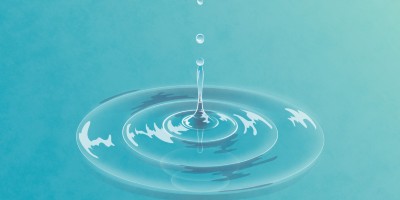In 2014, key articles in the field of acute kidney injury highlighted the importance of tubular homeostasis in renal regeneration. Cell cycle regulators, inflammatory signals and progenitors were identified as important factors that mediate the balance between inflammation and tubular regeneration necessary for renal repair.
References
Bernard, C. Leçons sur les phénomènes de la vie communs aux animaux et aux végétaux [French], (J. B. Baillière et fils, 1878).
Lindgren, D. et al. Isolation and characterization of progenitor-like cells from human renal proximal tubules. Am. J. Pathol. 178, 828–837 (2011).
Berger, K. et al. Origin of regenerating tubular cells after acute kidney injury. Proc. Natl Acad. Sci. USA 111, 1533–1538 (2014).
Kusaba, T., Lalli, M., Kramann, R., Kobayashi, A. & Humphreys, B. D. Differentiated kidney epithelial cells repair injured proximal tubule. Proc. Natl Acad. Sci. USA 111, 1527–1532 (2014).
Lech, M. et al. Macrophage phenotype controls long-term AKI outcomes—kidney regeneration versus atrophy. J. Am. Soc. Nephrol. 25, 292–304 (2014).
Bihorac, A. et al. Validation of cell-cycle arrest biomarkers for acute kidney injury using clinical adjudication. Am. J. Respir. Crit. Care Med. 189, 932–939 (2014).
Kashani, K. et al. Discovery and validation of cell cycle arrest biomarkers in human acute kidney injury. Crit. Care 17, R25 (2013).
Wald, R. et al. The association between renal replacement therapy modality and long-term outcomes among critically ill adults with acute kidney injury: a retrospective cohort study. Crit. Care Med. 42, 868–877 (2014).
Uchino, S. et al. Patient and kidney survival by dialysis modality in critically ill patients with acute kidney injury. Int. J. Artif. Organs 30, 281–292 (2007).
Xiao, W. et al. A genomic storm in critically injured humans. J. Exp. Med. 208, 2581–2590 (2011).
Acknowledgements
A.B. is supported by a Center for Sepsis and Critical Illness Award P50 GM-111152 from the National Institute of General Medical Sciences.
Author information
Authors and Affiliations
Corresponding author
Ethics declarations
Competing interests
A.B. has received grant support from Astute Medical. J.A.K. has received grant support and consulting fees from Astute Medical and Baxter.
Rights and permissions
About this article
Cite this article
Bihorac, A., Kellum, J. A step towards understanding mechanisms of renal repair. Nat Rev Nephrol 11, 74–75 (2015). https://doi.org/10.1038/nrneph.2014.245
Published:
Issue Date:
DOI: https://doi.org/10.1038/nrneph.2014.245
- Springer Nature Limited
This article is cited by
-
Exosome from indoleamine 2,3-dioxygenase-overexpressing bone marrow mesenchymal stem cells accelerates repair process of ischemia/reperfusion-induced acute kidney injury by regulating macrophages polarization
Stem Cell Research & Therapy (2022)
-
Acute kidney injury
Nature Reviews Disease Primers (2021)
-
Insuffisance rénale aiguë en périopératoire et en réanimation (à l’exclusion des techniques d’épuration extrarénale)
Médecine Intensive Réanimation (2017)
-
Acute kidney injury in the perioperative period and in intensive care units (excluding renal replacement therapies)
Annals of Intensive Care (2016)


